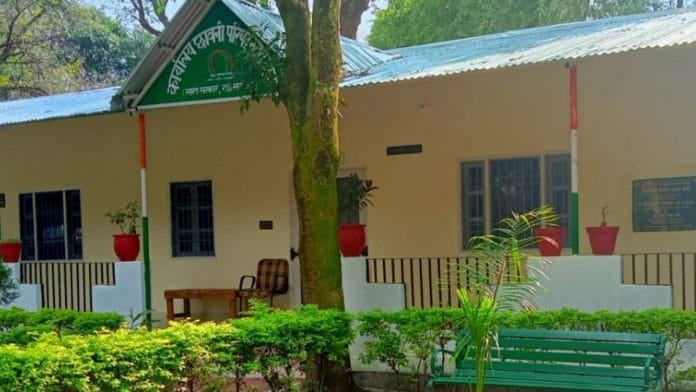New Delhi: Sixty-two cantonments in the country will cease to exist and all fauji areas will be designated as a military station and while those with civilians will come under local municipalities, ThePrint has learnt.
Sources in the defence establishment said that Yol in Himachal Pradesh’s Kangra district is the first to shed its cantonment tag.
The military area within the cantonment will be converted into a military station and the civil area will merge with the municipality, the sources said, adding that employees and assets of the Cantonment Board will be taken over by the neighbouring municipalities.
This, they said, is a major departure from the “archaic colonial practice of creating cantonments”.
Asked how this is beneficial, the sources said that contrary to perception, the move will prove beneficial to all alike.
“Civilians who were, until now, not getting access to state government welfare schemes through the municipality, will now be in a position to avail them. As far as the Army is concerned, it too can now focus on the development of the military station,” a source said.
After Yol, the sources said, the Nasirabad Cantonment in Rajasthan is next in the line.
Asked how much time it will take, they said cantonments where demarcation is easy, will be done quickly while others will take place in time.
At the time of Independence there were 56 cantonments and 6 more were notified after 1947, the last one being Ajmer in 1962.
According to records maintained by the Defence Estates Offices, the defence ministry is the largest landowner in the country, with about 17.99 lakh acre.
Of this, approximately 1.61 lakh acre is held within the 62 notified cantonments. The remaining land, around 16.38 lakh acre, is spread across the country and outside the cantonments.
Affairs related to the cantonments, including construction of new buildings, height of building, commercial conversion, sewage and rest were all controlled by the Cantonment Board.
The sources said that excision has happened earlier in Ambala and Agra while cantonments like Dharamshala, Sitapur among others were de-notified before 1947.
Cantonments are deemed municipalities and running municipalities is a state subject. Civilian residents of cantonments are not benefited from state welfare schemes since cantonments are governed by Cantonment Boards through the Defence Estates Department of the Ministry of Defence, they explained.
Hence, there is a popular demand from civilian residents and also states for excision of cantonments, they said.
The sources said that a considerable portion of the Defence Budget is spent on the development of civil areas of cantonments.
“Also due to the ever-increasing expansion of civil areas of cantonments, there is pressure on A1 defence land. Cantonments are colonial phenomena and military stations are better administered,” another source said.
(Edited by Tony Rai)
Also Read: War, payment issues impact military supplies to India from Russia & Ukraine. IAF worst hit






